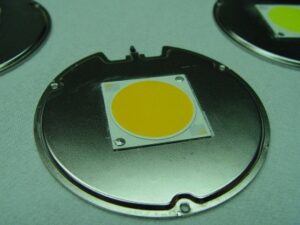Aluminum Soldering and Alloys, Ceramics Driving Auto Industry in Two Ways
 Automotive enthusiasts and new car buyers are used to seeing reviewers talk about ceramic brakes in high-performance sports cars. Due to their thermal properties, these brakes provide improved performance. However, they aren’t just in high-performance cars anymore. A new industry review indicates that ceramic pads now represent about 60 percent of the market.
Automotive enthusiasts and new car buyers are used to seeing reviewers talk about ceramic brakes in high-performance sports cars. Due to their thermal properties, these brakes provide improved performance. However, they aren’t just in high-performance cars anymore. A new industry review indicates that ceramic pads now represent about 60 percent of the market.
Improvements in soldering will be important in the development of performance brake pads. Molded metal shims help minimize wobble and improve clamping ability by keeping more of the pad in contact with the rest of the assembly. However, less expensive pads may only include tape to attach these, so people who expect quality may look to see integrated shims, a design goal which can be accomplished with aluminum soldering. (more…)

